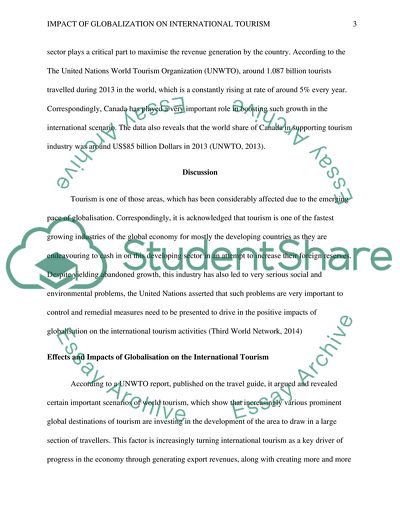Cite this document
(Impact of Globalization on International Tourism Coursework, n.d.)
Impact of Globalization on International Tourism Coursework. https://studentshare.org/tourism/1832534-impact-of-globalization-on-international-tourism
Impact of Globalization on International Tourism Coursework. https://studentshare.org/tourism/1832534-impact-of-globalization-on-international-tourism
(Impact of Globalization on International Tourism Coursework)
Impact of Globalization on International Tourism Coursework. https://studentshare.org/tourism/1832534-impact-of-globalization-on-international-tourism.
Impact of Globalization on International Tourism Coursework. https://studentshare.org/tourism/1832534-impact-of-globalization-on-international-tourism.
“Impact of Globalization on International Tourism Coursework”. https://studentshare.org/tourism/1832534-impact-of-globalization-on-international-tourism.


